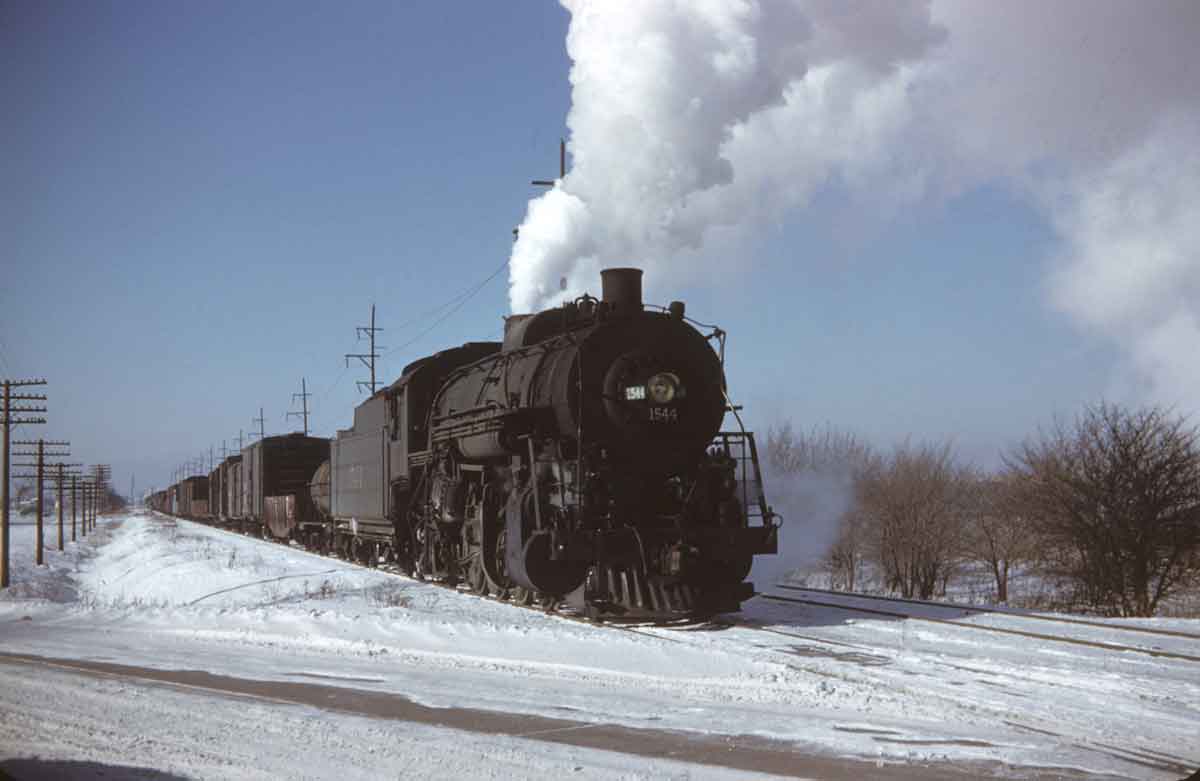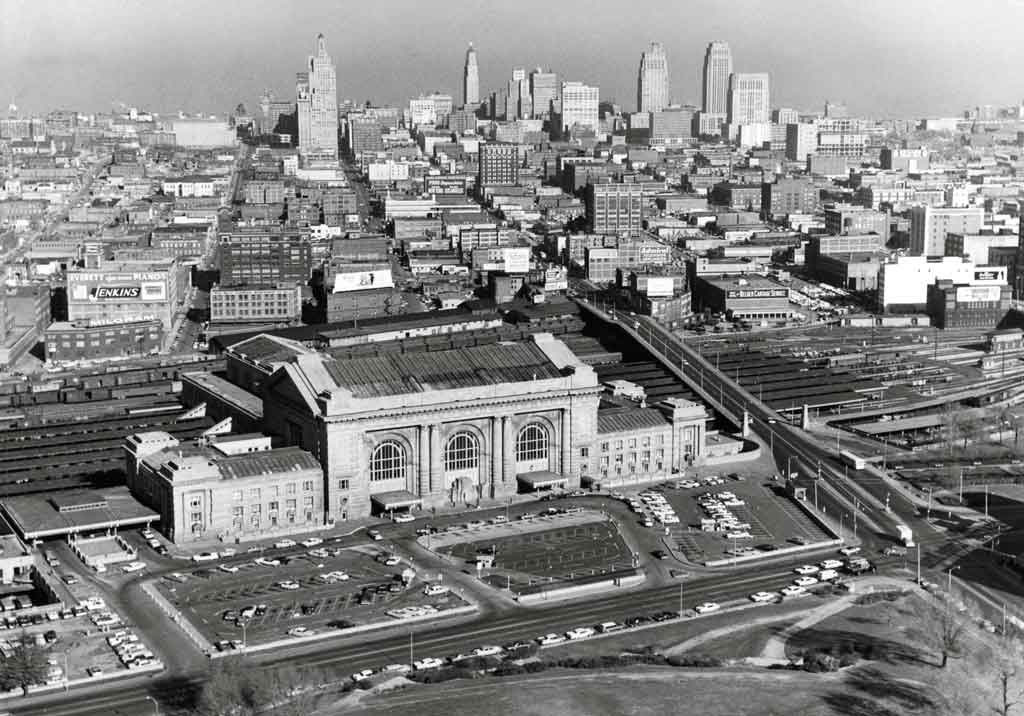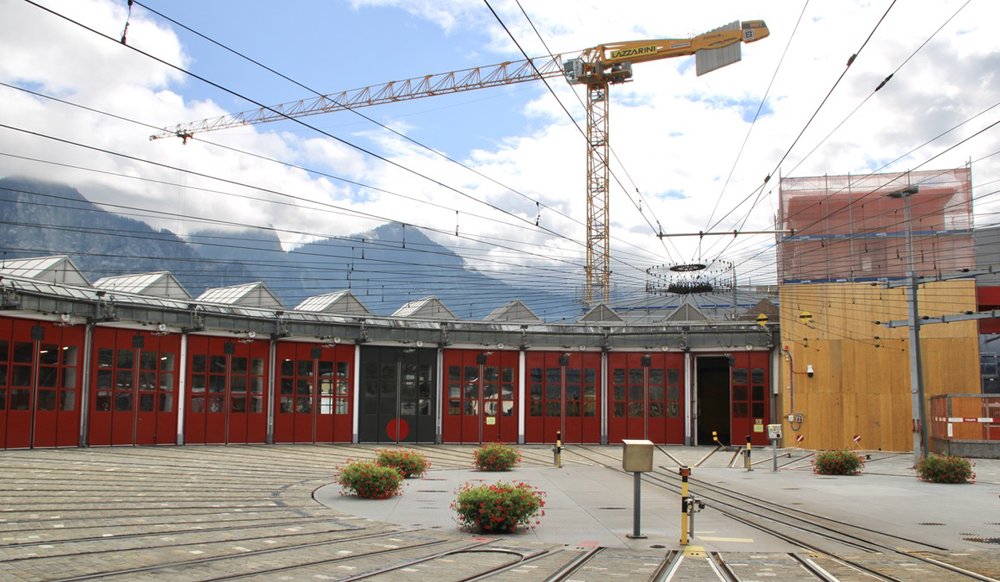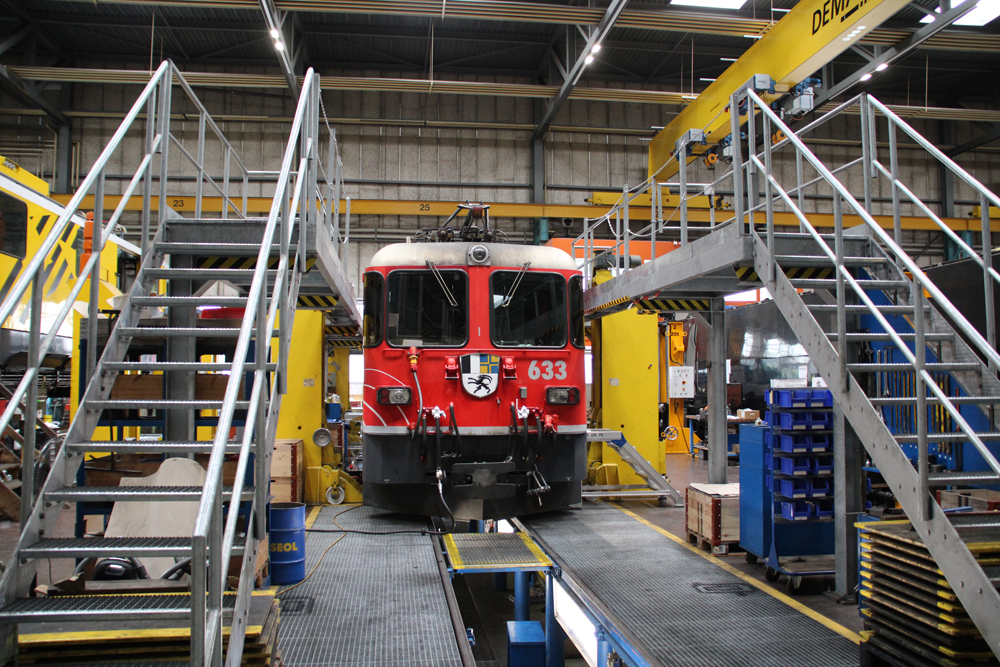Sure enough, at Normal I caught a glimpse of the old IC right of way, overgrown with weeds, meandering up the hill to the south. Right then I had a flashback to a freezing night some 50 years before. At that very spot had begun probably the worst trip I was to experience in 42 years in the cab.
It had been my good fortune to have been an engineman, mostly firing, during the last decade of the steam locomotive. But, although steam locomotives had built our nation, working on them was not always milk and honey.
Furloughed from my firing job on the Milwaukee Road at Sioux City, Iowa, I’d headed for the IC’s Freeport District where Road Foreman of Engines George Selsor put me to work as a fireman. So it was that one night around 11 o’clock I was called off my district to work a Freeport–Clinton job. I was surprised upon my arrival at the roundhouse to find I had a student fireman.
Most of the engineers in those days (1946-56) had gone to work anywhere from 1903 to 1916. And of course they came in a variety of personalities: fast ones, slow ones, dumb ones, smart ones, and a goodly number who were simply downright mean. As it turned out, my student and I had drawn one who was both dumb and mean.
Now, in general, nothing irritates a certain type of hoghead more than to come to work and find not only a strange fireman, but a student fireman too. Our man, who had probably gone to work before I was born 31 years prior, growled a few words at us, registered out, and led us out to the departure track. There we found one of IC’s Paducah-built 2-8-2 Mikados.
I set about giving the student his first lesson in Steam Locomotive Firing 101. That is, how to build up the fire, operate the stoker, put on the injector, etc.
The 162-mile trip to Clinton was routine. Though we worked the interchange on every east-west railroad along the way, our coal was good, the engine was a good steamer, and we had a good trip.
We arrived at Clinton around 8 or 9 a.m. Our friendly engineer took off and left the student and me to find an eating place and the bunkhouse by ourselves. Right on eight hours rest, around 5 or 6 p.m., we were called for the return trip.
The engineer was already on the engine when we got there, and the student and I set about getting ready to go. Our hoghead couldn’t get the engine to move until I pointed out that it might help if he opened the cylinder cocks. That didn’t go over too well, but we moved out to the yard, got hold of 40 or 50 cars of coal, made an air test, and left town.
Everything went smoothly until we got to Normal, where we stopped to take water. It was a frigid night, far below zero, so before the student and I climbed up on the tank, I wound in a good supply of coal to keep a good fire until we got back.
Normally in this situation, the engineer will tend the fire, if necessary, while the fireman takes on water or coal. Not this guy. We were up on the tank 10 or 15 minutes; meanwhile our brave engineer went to bed. By the time the student and I got back into the cab, the fire was very low. I informed the hoghead that we needed a few minutes to get the fire going. He responded that he had a clear block for the Alton interlocking and that he had to go — which was nonsense. He could have sat there as long as necessary.
He started the train and roared off, making a run for the hill beyond the interlocking and tearing my fire to pieces in the process. Very quickly, what little steam and water we had disappeared. We cleared the Alton interlocking, then stalled. Shaking the grates, raking the fire (which looked like a moonscape), and firing the good spots with the scoop, we struggled up the hill. After stopping a couple of more times to get steam and water, we crawled into La Salle.
The IC had fire-building facilities at La Salle, so the student and I began cleaning the fire. Suddenly, the engineer began soaking the firebox clinkers with the squirt hose. Long before, I’d learned that this practice was usually a futile gesture, simply putting out what fire was left. I informed the hoghead of all this, but he simply snarled that he knew what he was doing. Shortly what little fire we had left was gone.
The student and I ran back and forth to the fire-builders’ wood pile, carrying wood to get the fire going again. In my mind I could see us out there at 2 a.m., in 10-below weather, with a dead engine. Finally, somehow, with that dry wood and a half dozen or so fusees, we got the fire going again. The student and I built it up carefully and, with a fresh fire, we went on into Freeport.
There, in the register room, our engineer began bad-mouthing me about having had, as he put it, a “failure.” After nearly 16 hours of this, I’d had enough. Calling up a few choice epithets from my Army days, I informed the guy that I had not gone to work on the railroad yesterday, that two years before I’d been promoted to engineer on the Milwaukee Road, and that every problem we’d had that night was the direct result of some stupid action on his part.
Snarling some obscenity, the hoghead grabbed his suitcase and took off. Our student left too, and I headed over to the local eatery. I ordered breakfast, bought a newspaper and became engrossed in a front-page story: the crack passenger train City of San Francisco was snowbound in Donner Pass.
About a week later I was assigned to the extra board at Hawthorne Yard just out of Chicago. There I wound up my career on the Illinois Central hand-firing a bunch of old 2-8-2s running out their time. I never made another trip down the Freeport–Clinton line. Nor did I ever run into that engineer again.
And, not unexpectedly, I never ran across that student fireman again, either. Given that brutal first trip, I’m sure he decided there were easier ways to make a living.
First published in Fall 2007 Classic Trains magazine.
Learn more about railroad history by signing up for the Classic Trains e-mail newsletter. It’s a free monthly e-mail devoted to the golden years of railroading.















very fine article and it reminded me of some of the engineers worked with the 1944–1946 until returning service
,me bumped me off the roster . I was a brakeman (one of the 4000 10 DAY WONDERS OUT OF THE ILLINOIS
SCHOOLS TO REPLACE DRAFTED TRAINMEN .”NAME CAME FROM THE 10 STRAIGHT SAFETY SHOOL
THAT WE WERE REQUIRED TO TAKE ” most of the engineers were as old or older we described wo we
got to see all kinds
thanks for the memory
HENRY PURCELL ” FUSE.–“